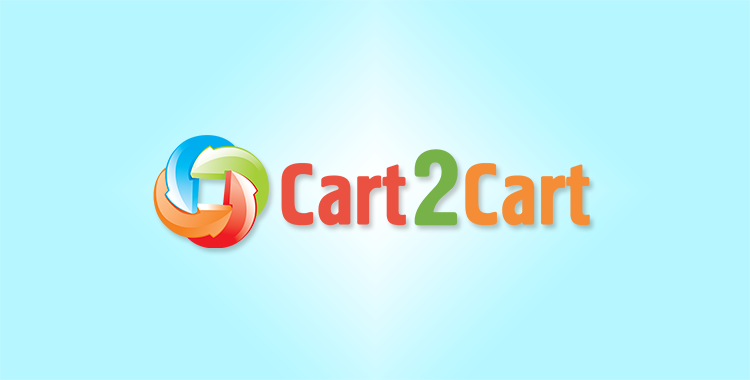
Store Homepage Title as “Home”
A lot of new Magento shops do not provide valid store title containing primary and secondary keyword. e.g. Primary Keyword, Secondary Keyword – MyStore.com can be a good title. Considering you have researched these keyword in accordance to your business strategy. To set a new Store Home page title, within your Magento (Adobe Commerce) admin, navigate to Content > Design > Configuration, select your store view, and find the HTML Head section for the Default Title.
Default Store Description
Within your Magento (Adobe Commerce) admin, navigate to Content > Design > Configuration, select your store view, and find the HTML Head section for Default Description. Store owners in general add well researched description here, which contains well researched keywords too. So, where is the problem? Well, the primary problem is the duplication. If default description is given, this default description is supplied to all those pages where you haven’t added custom meta description. You might end up having too many pages with same description. To avoid this, just leave this as blank.
Default Keywords
Within your Magento (Adobe Commerce) admin, navigate to Content > Design > Configuration, select your store view, and find the HTML Head section for Default Keywords, pose similar duplicate keywords problem as stated above. Best strategy is to keep this field as blank, especially if you are going to meta keyword by your own for all category, CMS and product pages. If you are not going to add meta keywords on all pages you have keep default keywords but beware of the duplicate keywords issue.
Index, Follow and Cononical Issues
When you push your site from staging (Development) to production (Live), the default settings are copied over which is noindex, nofollow telling Google and other search engines not to index or follow the site. Which is a small but major SEO mistake. Instead, switch to "INDEX, FOLLOW" within your Magento (Adobe Commerce) admin panel, typically under Content > Design > Configuration (for Default Robots). Similarly, set up rel=canonical on. Turning canonical “ON” for categories and products both, will save you from duplicate content issues to some extent. To configure this, go to Stores > Settings > Configuration > Catalog > Search Engine Optimization and set Canonical Link Meta Tag For Categories and Use Canonical Link Meta Tag For Products.
Logo Alt Title
Default Magento installation comes with logo alt attribute as "Magento Commerce" which should be changed to your store title. This is simple to change. Within your Magento (Adobe Commerce) admin, navigate to Content > Design > Configuration, select your store view, and find the Header section for Logo Image Alt.
Categories Path for Product URLs
Within your Magento (Adobe Commerce) admin, navigate to Stores > Settings > Configuration > Catalog > Search Engine Optimization and set "Use Categories Path for Product URLs" to YES. Once set, do not change this EVER. If you are unsure just leave it NO.
Don't Forget Permanent Redirect (Redirect 301) if URLs are Changed
Within your Magento (Adobe Commerce) admin, navigate to Stores > Settings > Configuration > Catalog > Search Engine Optimization to configure "Create Permanent Redirect for old URLs if URL Key changed." Mart the setting as YES to tell search engines that the page is permanently moved to new URL. Ensuring proper handling of SEO URLs is vital for preserving search rankings during any platform change.
Sitemap.xml
Don't forget to create sitemap.xml containing your latest categories, products links. Sitemap.xml should be submitted to search engines like Google. For a comprehensive guide on preparing your store, refer to our Universal eCommerce Migration Checklist. Creating a sitemap is very easy. Within your Magento (Adobe Commerce) admin, navigate to Marketing > SEO & Search > Sitemaps and submit it via Google Search Console (formerly Google Webmaster Tools).
SEO Penalty on Multi-stores
While creating and managing multi-stores, don't forget to ensure that all pages, content, urls, meta descriptions and keywords are different otherwise you will see adverse effect on your store's SEO simply, because Google will detect a single IP with lots of duplicate contents.
Magento Layered Navigation SEO Issues
Magento layered navigation if not used properly can invite lots of identical, near-duplicate or duplicate content. If you are big fan of Magento layered navigation then don't forget to think about duplicate content issue. Best is to show layered navigation to your users and NOT Google (search engines) via some cookie or AJAX request so those layered navigation pages aren't indexed. To check the status, log on to Google Search Console and use the URL Inspection Tool to see if layered navigation pages are indexed.
Please note, you will be able to move products and categories URLs in a case of PrestaShop, OpenCart, CS-Cart, to Magento migration and vise versa.
Follow these simple tips and very soon you will see positive results in your traffic and sales rates.
Monthly Update – December 2025
As December 2025 draws to a close, it’s an opportune moment for Magento (Adobe Commerce) store owners to conduct a thorough year-end SEO audit and strategically plan for 2026. Post-holiday traffic patterns often reveal new opportunities and areas for improvement. Focus on analyzing your top-performing keywords and content from the past year, especially during peak shopping periods, and identify any pages that experienced unexpected drops in ranking. Review your crawl budget and ensure that irrelevant or outdated seasonal content is properly handled with redirects or noindex tags to maintain site authority. Furthermore, with the accelerating pace of AI integration in e-commerce, consider how emerging technologies like generative AI for product descriptions or enhanced personalized search can be leveraged to refine your SEO strategy for the coming year. Staying ahead of these trends will be crucial for maintaining competitive visibility and capturing market share in an evolving digital landscape. A proactive approach to reviewing your SEO performance and adapting to future trends is key to sustained online success. For more details, explore our FAQ section or schedule a call with a migration expert.





Comment by Neil
excellent Tanya Dalik
Comment by Iryna Kravchuk
Hi Neil! Thank you very much!